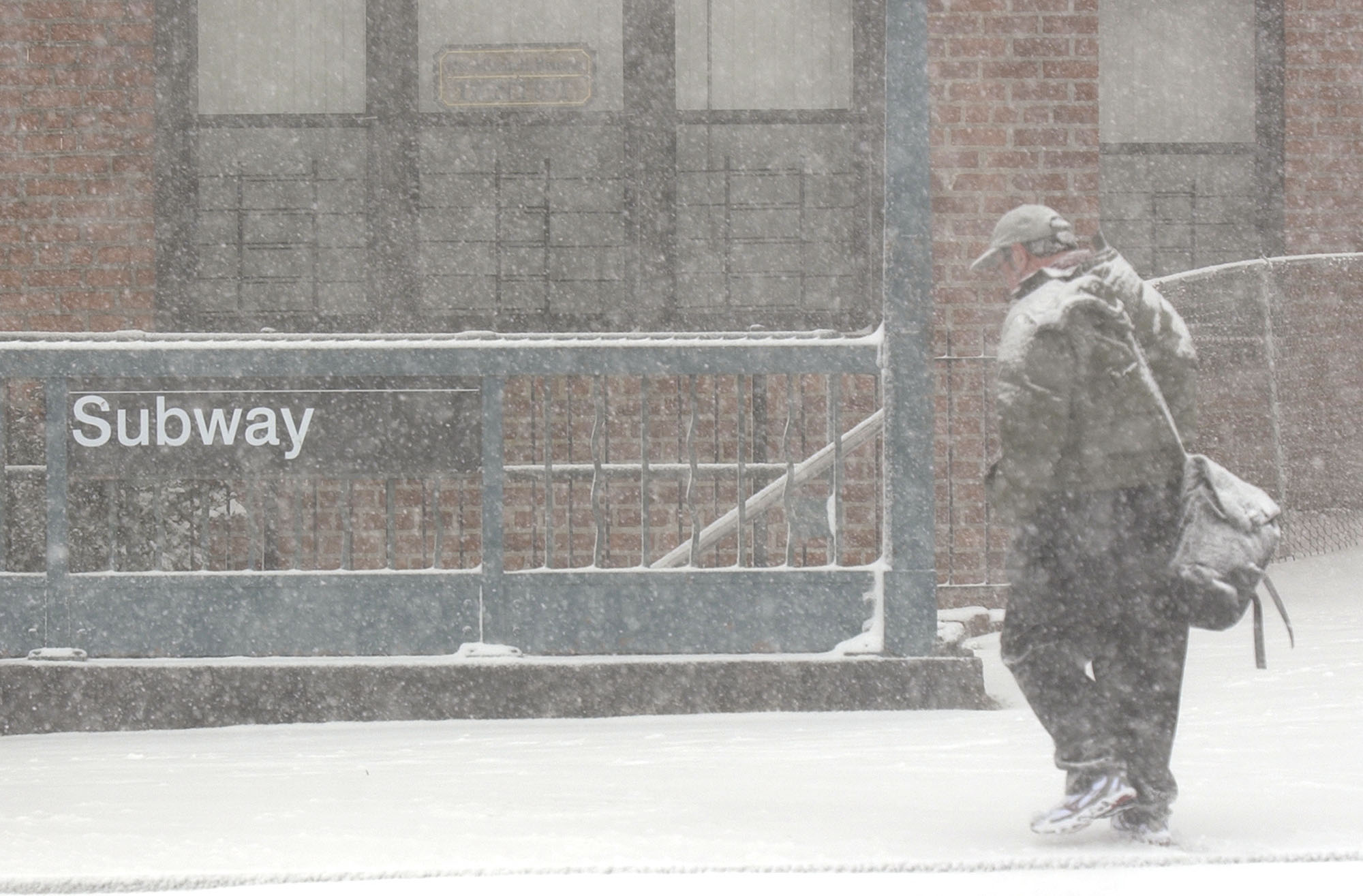It’s time to reopen all those closed subway entrances | Opinion

Everyone in the four boroughs in which the New York City subway system runs has had the same experience. You’re in the middle of a rainstorm or freezing weather and you need to enter the subway. Still, you have to walk another block or two because the former subway entrance that’s right in front of you is closed — and it’s been closed since you can remember.
There are currently more than 100 stations in which the MTA has closed at least one entrance. According to The New York Times, many of these were closed during the budget-crunch era of the 1970s and ’80s, when crime was soaring and population was declining in the city. Some of the entrances that were closed at the time led to long, right-angled and narrow tunnels that couldn’t be seen by either the token-booth clerk or passengers on the platform and were thus ideal “hunting grounds” for muggers.
Among the many subway stations in Brooklyn with at least one closed stairway or entrance, according to an NBC-TV survey, are:

Brooklyn Boro
View MoreNew York City’s most populous borough, Brooklyn, is home to nearly 2.6 million residents. If Brooklyn were an independent city it would be the fourth largest city in the United States. While Brooklyn has become the epitome of ‘cool and hip’ in recent years, for those that were born here, raised families here and improved communities over the years, Brooklyn has never been ‘uncool’.